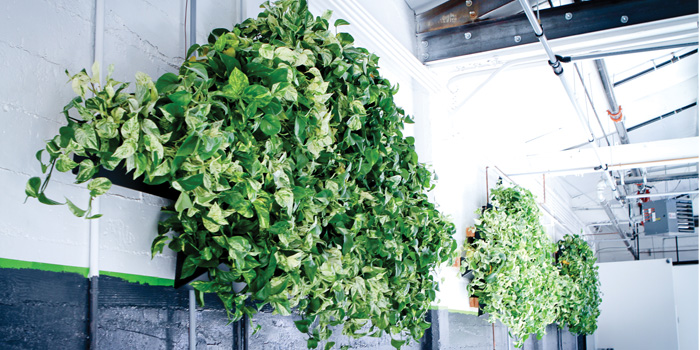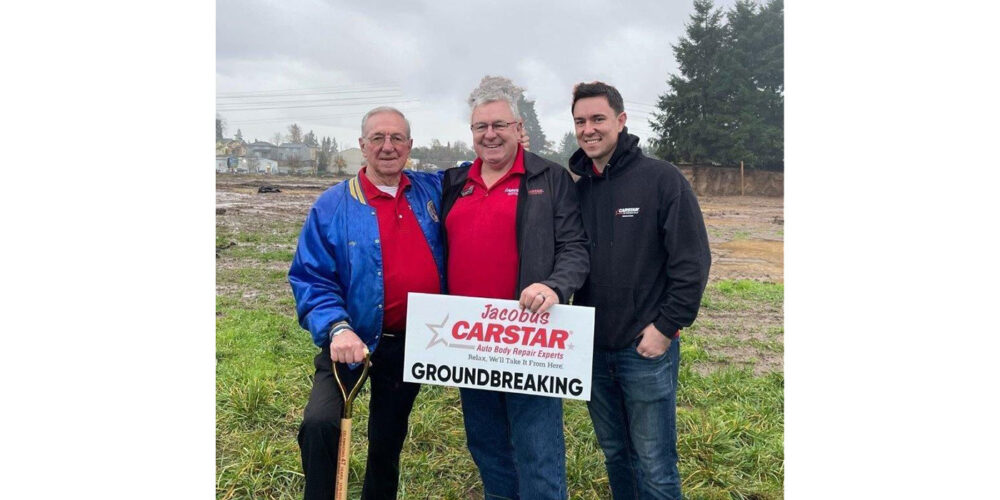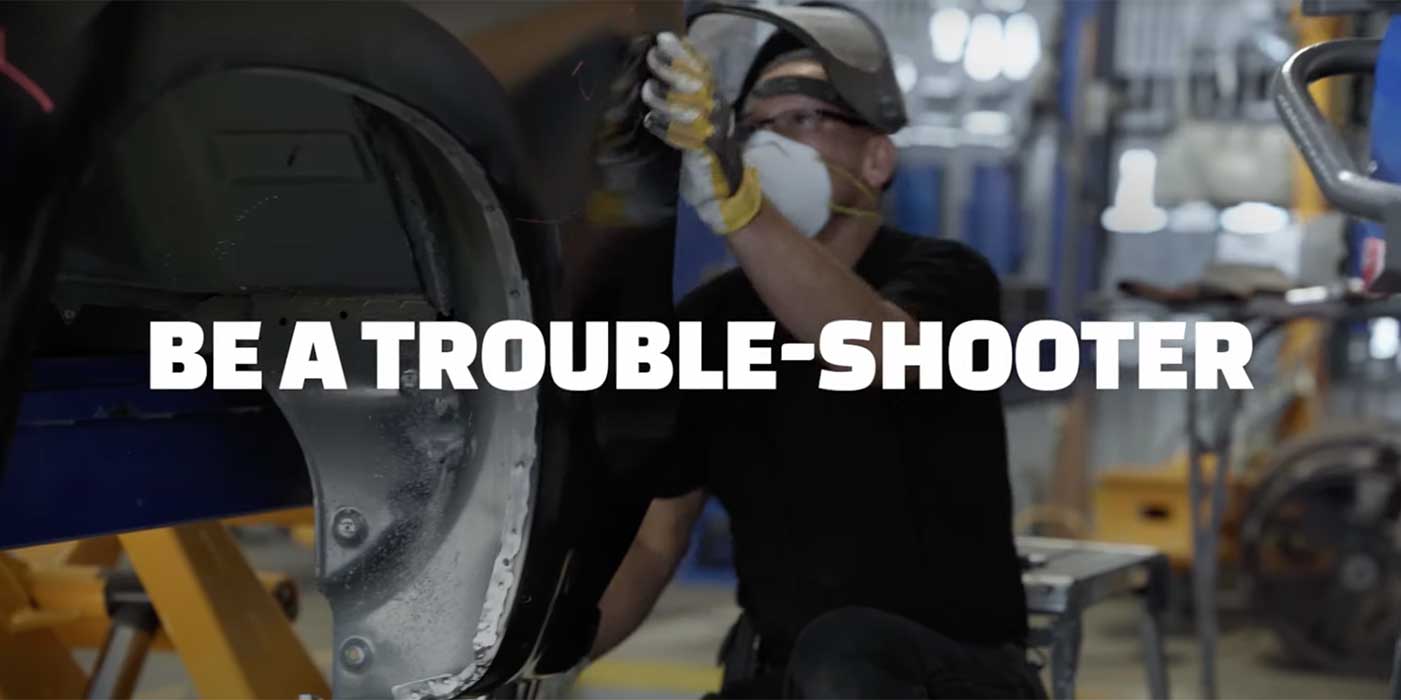 For J.R. Hubbard, going “green” initially started as a marketing ploy. In the San Francisco market, where there are a couple hundred collision shops crammed into 48 square miles, he knew his shop, Selecta Auto Body, had to be different.
For J.R. Hubbard, going “green” initially started as a marketing ploy. In the San Francisco market, where there are a couple hundred collision shops crammed into 48 square miles, he knew his shop, Selecta Auto Body, had to be different.
“We are in the left-wing capitol of the world filled with environmentalists and hippie pot smokers, so I thought if I could market myself as a green business, it would be a huge advantage,” Hubbard says. “I kind of viewed it like organic food – it would probably cost me a little more money, but even if it does, it will be worth it in the long run if I’m attracting customers.”
But he found out down the line that green was not only a great marketing tool but a terrific way to save money, increase efficiency and keep his employees healthier and happier.
“Insurance companies, customers and manufacturers all love our place, which makes doing business a lot easier,” says Hubbard.
All In
 Hubbard has been in the collision repair business for 16 years. When he made his move from his old shop (4,000 square feet) to his new shop (10,000 square feet) two years ago, he went all in for green with homemade tables, benches and desks, 350-plus living plants, new glass for skylights and windows to allow in more natural light, a bigger spraybooth to bake multiple jobs and motion sensor-controlled lights.
Hubbard has been in the collision repair business for 16 years. When he made his move from his old shop (4,000 square feet) to his new shop (10,000 square feet) two years ago, he went all in for green with homemade tables, benches and desks, 350-plus living plants, new glass for skylights and windows to allow in more natural light, a bigger spraybooth to bake multiple jobs and motion sensor-controlled lights.
But going green isn’t just about the stuff in your shop. Hubbard says a lot of what defines green is “mitigation” – planning better, using less, being efficient in what you use and reusing where you can. For example, using the same plastic for multiple cars when primering. They also “batch” a lot of work they do, such as taking parts off vehicles (even if not paid to do it) and painting them together.
“I can do three different-colored cars at one time, then batch my clear and do everything at once,” says Hubbard. “That means one booth cycle for three cars. You use less paper, plastic and clear, plus you boost your cycle time.”
Also, Hubbard preaches that “less is more” throughout the shop, especially paint.
“We’ve always had a computer system, but we updated it and painters have been groomed to make only what we need to make. Whatever the formula says, you learn how the computer system works and know where you can dial back. If you run out of paint and need to come back and dust a corner of a panel, I’d rather do that than have three ounces left over.”
Even the way they used to tape and bag cars was wasteful, and their material use was through the roof, which was counter to what they wanted to do. But once they implemented their “conservative” mentality, they went from losing money on paint and materials to showing 35 percent profitability.
“And the next three months will probably be even better,” Hubbard says.
With their LED lights with dual ballasts, they can turn two of the bulbs off in each fixture, and highly reflective paint and vinyl on the ceiling allows less light to go further. With the skylights, they can turn off the lights in spring and summer, and of course the motion sensor lights shut off when no one is working in a particular area. Between their paint material usage and electricity reduction, Hubbard estimates they save tens of thousands of dollars per year.
Spreading the Love
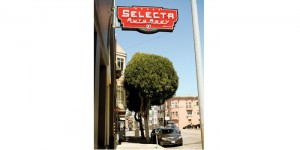 Hubbard has always been a stickler for cleanliness, even in his old shop. Even though the old shop was dingy and old, the walls were freshly painted and everything was swept up. But with his move to a new shop and the green theme, he saw being spic and span as yet another way to stand out from the competition.
Hubbard has always been a stickler for cleanliness, even in his old shop. Even though the old shop was dingy and old, the walls were freshly painted and everything was swept up. But with his move to a new shop and the green theme, he saw being spic and span as yet another way to stand out from the competition.
“San Francisco has a lot of metropolitan shops crammed into corners here and there that don’t focus their energy and attention on being clean, even though they do a good job of fixing cars,” says Hubbard. “So we built this big, clean, nice, beautiful shop, and right off the bat, I know that if a customer is given three shop choices with their insurance network and they visit all three shops, they’ll pick ours.”
Hubbard believes how they present themselves has manifested itself in glowing Yelp reviews and past customers raving about his shop online.
“Customers dig us right off the bat, and then you throw in the green aspect and they feel like they’re doing something good. But people don’t want to do something good for the environment and sacrifice something for their car. You still have to be able to fix a car well to appeal to a customer.”
Hubbard saw his green angle as a great way to earn insurers’ business too. There’s a million people in the city and a couple hundred shops fighting for the business. Plus, he didn’t have the luxury of being a suburban shop that could market to its specific community – San Francisco has several micro-communities. So he saw it as an advantage to be a DRP and step up their ability to ramp up production and fix more cars.
“So we went to the insurers with a marketing package to highlight everything about the shop, touting what customers thought of us and our equipment. And the first thing all of them commented on was the green aspect. They said they had never heard of this, and had only seen a few certificates on walls at shops that didn’t look like they did anything different. It’s tough to get anyone to look at your shop to put you in contention to become a DRP, but that marketing package got my foot in the door.”
Hubbard described business as “brutal” his first year – as it might be for any first-year business – but one DRP turned into three as a result of his green marketing, and business is now “great,” he says.
Not Easy
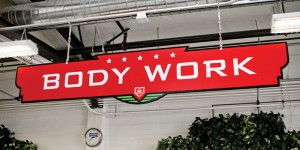 Maintaining green hasn’t been easy. In fact, Hubbard has called it a “pain in the butt,” primarily due to his having to babysit everyone in his shop, ingraining his processes and the importance of certain things they do and why in their heads.
Maintaining green hasn’t been easy. In fact, Hubbard has called it a “pain in the butt,” primarily due to his having to babysit everyone in his shop, ingraining his processes and the importance of certain things they do and why in their heads.
“It’s a very difficult process to go through,” he says. “We’re a ‘Certified B Corporation,’ which is similar to LEED certification for a building. They look at your business practices, talk about the ‘triple bottom line’ a lot and grade you. We’re the only body shop that I know that has that certification. It comes down to how are you running your business, interacting with your community, treating your employees, what products are you using and who are you buying from? Are you buying from a massive conglomerate or a small business jobber who is benefiting other people in your community? A lot of those things all add up.”
Happy Employees
Hubbard says many shop owners complain that it’s hard to find good techs. But he says he has plenty of opportunities to hire good techs, mainly due to the environment in his shop.
A special sanding system allows for dust-free sanding for a cleaner, healthier environment. Plus, Hubbard forces all his guys to go through respirator certification. The shop has double the airflow it used to have, and all the air comes in filtered and goes out filtered. Plus, the plants provide more oxygen.
“Guys go home way cleaner than guys at other shops,” says Hubbard. “Plus, we give morning breaks, lunch breaks and paid afternoon breaks, things not typically provided in shops even though employees are legally entitled to them. We follow the letter of the law as far as employee benefits, safety and health go.”
The Future
Hubbard’s future plans include installing solar panels, adding 150 more plants and more ventilation equipment, and also getting mini lifts so employees can work on cars more ergonomically.
“This has turned into a mission for me,” Hubbard says. “It’s not about ego. I am not a very smart man. If I can do this, there are some others who can, too – people with deeper pockets than me and more motivation.”

